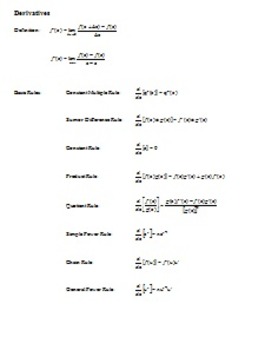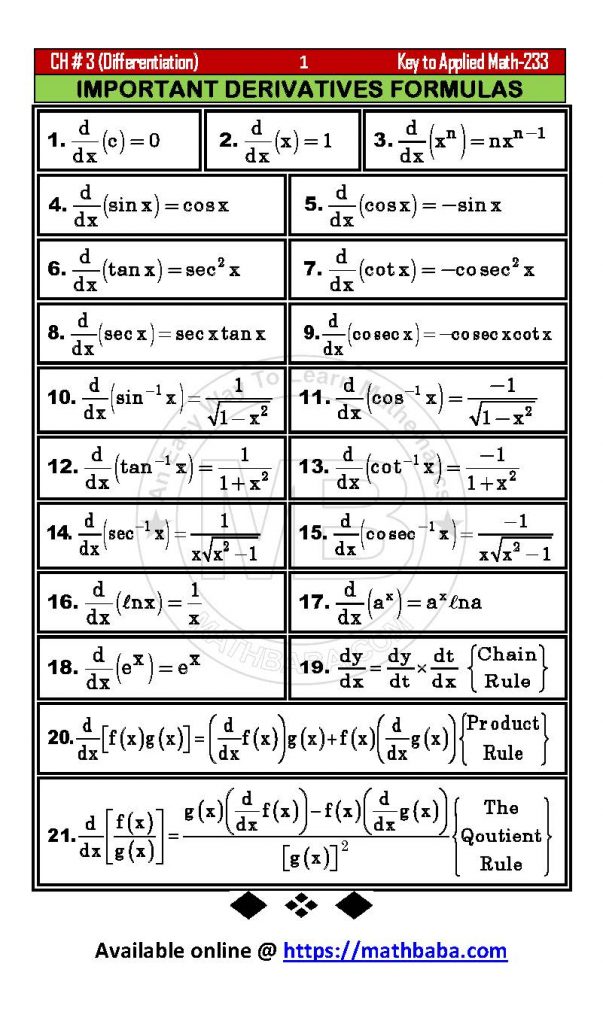
Integration can be defined in simple words as a mathematical approach of adding slices to find the whole. Integration may be not unique because of the arbitrary constant C.Īpplications of Differentiation and Integration

Integration is used to determine the integrated area under the curve of a function.įunctions' definite integrals are taken into account over an interval. It is used to determine the slope of a function at a point. Integration is the process of combining smaller components into a single unit that functions as a single component. Q1: What is the solution to the differential equation?Ī1: The solution to a differential equation is a function because when we plug it (and its various derivatives) into the equation, then we can find the equation to be satisfactory.Differentiation is the process of calculating the rate at which one quantity changes in relation to another. Hence, the integration value is always accompanied by a constant value (C). These don’t have a definite border that is no upper or lower pre-defined limits. So, we describe this integration using definite integrals, which is: Furthermore, the lower and upper limit of the independent variable of a function is definite. It has a definite boundary within which we need to calculate the function. Generally, we use it for calculating the area. In addition, we can say that integration as a collection of small parts in order o form a whole. We can understand differentiation as dividing part into many small parts. It is just opposite (reciprocal) of differentiation.

Moreover, if the function f is differentiable in the interval of consideration, then we can define f’ in that interval.

And both these concepts are established on the idea of limits and functions. Basic Calculusīasically, it is the study of both differentiation and integration. Furthermore, both these (differential and integral) calculus serves as a foundation for the higher branch of Mathematics that we know as “Analysis.” Besides, mathematical calculus plays a very important role in modern physics as well as in science and technology. The differential and Integral calculus deals with the impact on the function of a slight change in the independent variable as it leads to zeros. However, it mainly focuses on some important topics such as integration, differentiation, functions, limits, and so on.īesides, on a broad perspective the calculus is classified into two different types: In addition, it helps us to understand the changes between the values that relate by a function.

Moreover, we use it in mathematical models to get optimal solutions. It is a branch of mathematics, which was developed by Newton and Leibniz that deals with the study of the rate of change. It is a division of mathematics that allocates with discovering the properties of derivatives and integrals of functions, by methods initially based on the summation of insignificant alterations. 2 Solved Example for You Meaning of Calculus


 0 kommentar(er)
0 kommentar(er)
